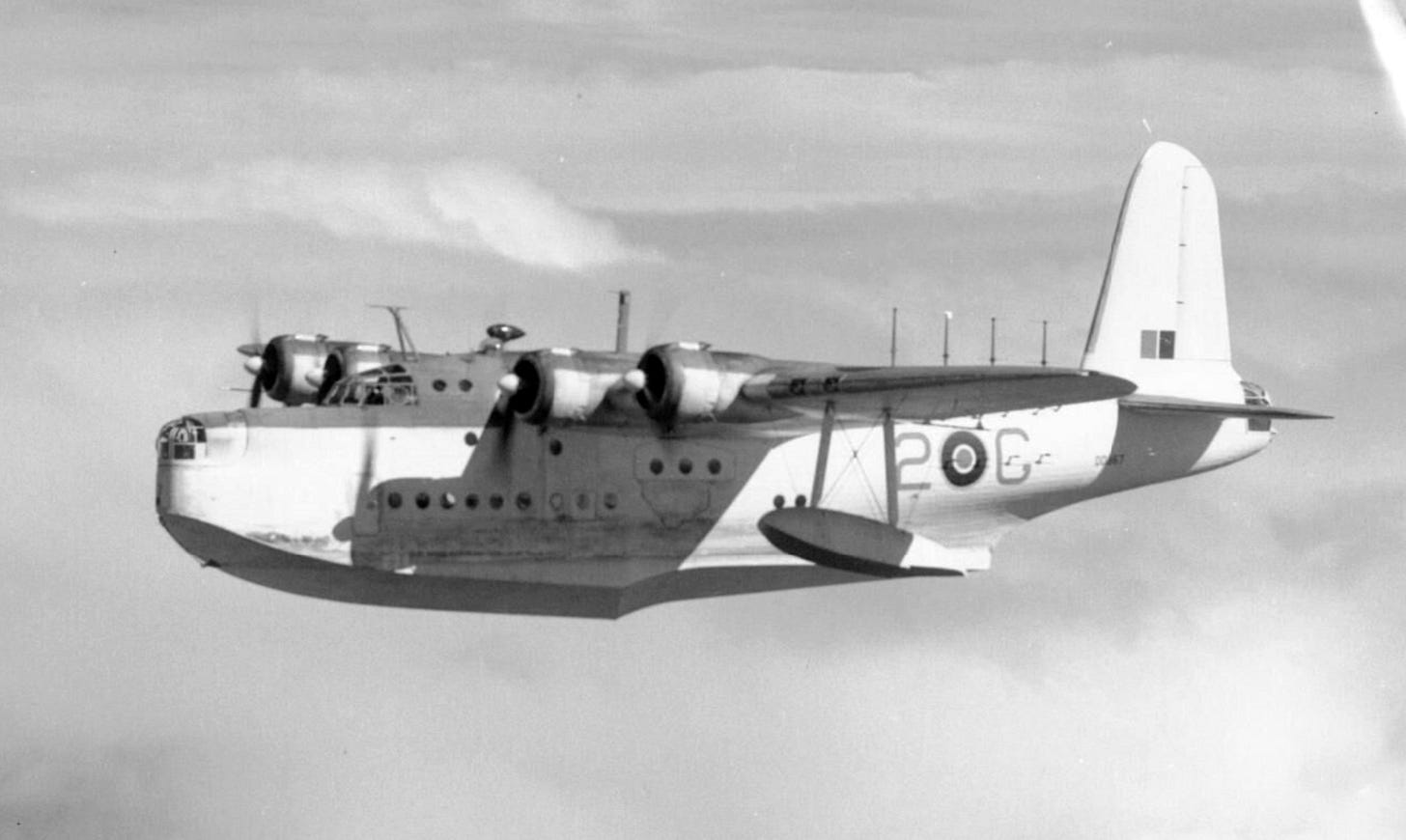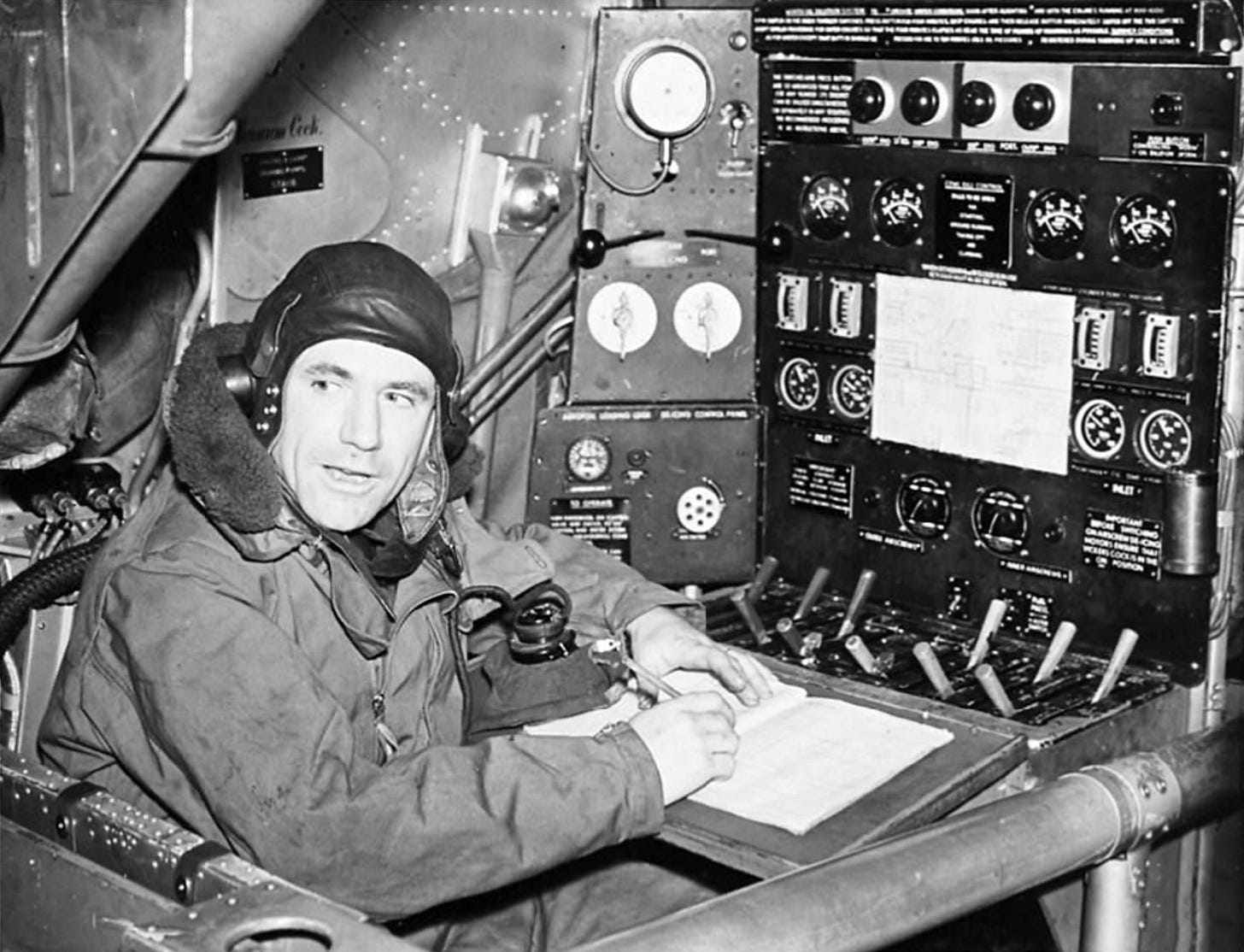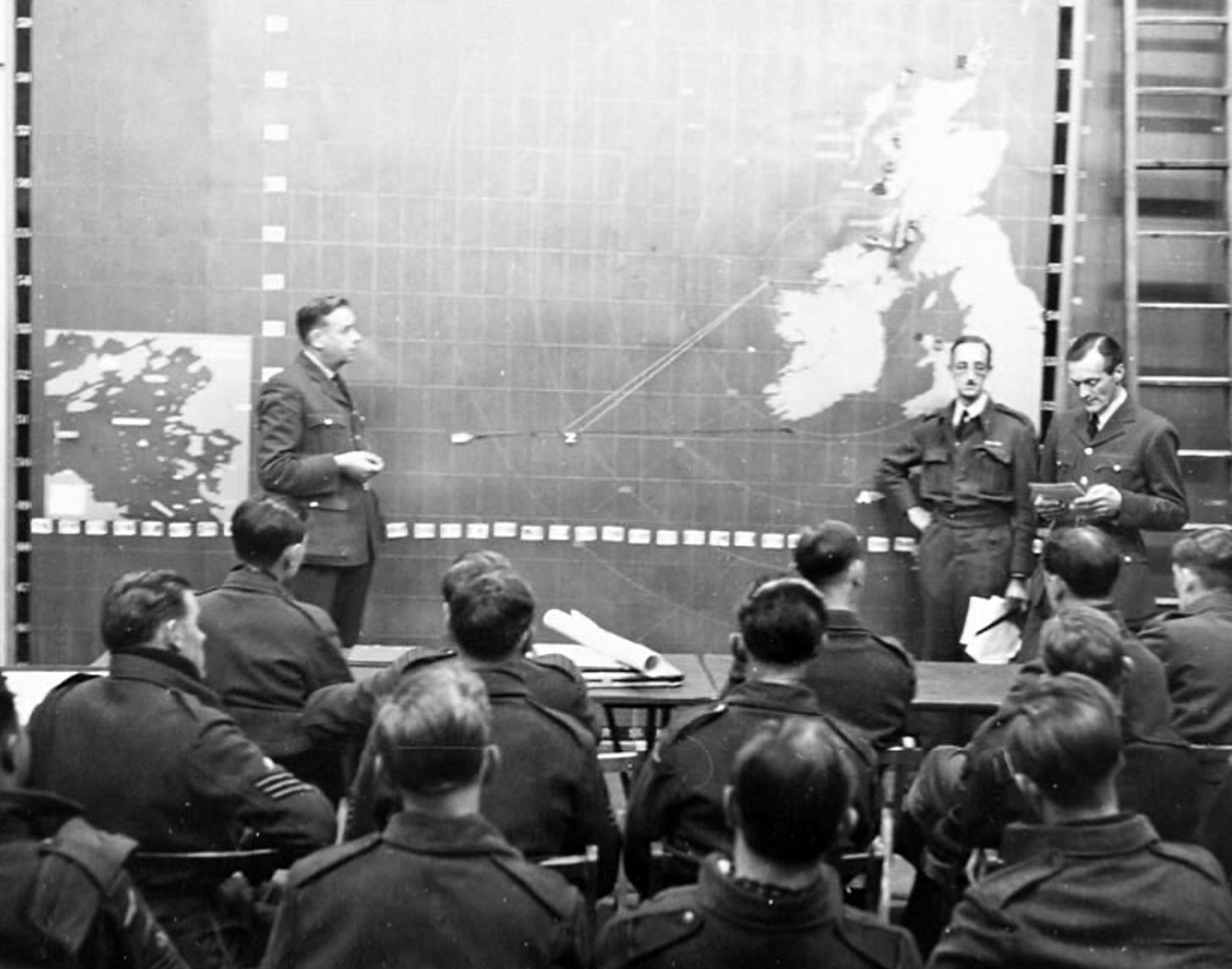Preparing for an anti U-boat patrol
31 March 1943: An Australian airman describes setting out on his first flight 'on Operations' - a long patrol over the Bay of Biscay



In the spring of 1943 the U-Boat war was reaching a peak, with the Allies bringing forward a range of new measures to protect convoys coming across the Atlantic. At the same time the Germans were bringing into operation many new U-boats.
For the men in RAF Coastal Command this meant more patrols over the Bay of Biscay, trying to catch the U-boats either leaving or returning to their French bases on the Atlantic coast. Even if they did not catch any U Boats they were forcing them to remain submerged for much longer periods over a critical part of their patrol, impeding communication between boats and base, making the formation of wolfpacks more difficult.
The Australians were to make an important contribution to this battle. At the outbreak of war they had had two RAAF Squadrons in Britain, forming up with newly built Sunderland aircraft. It was decided to keep them in Britain to contribute to home defence.
This was, of course, long before Japan entered the war. For the rest of the war there were still many Australian airmen fighting the European war, even if most Australian troops had returned to fight the Japanese.
Keep reading with a 7-day free trial
Subscribe to World War II Today to keep reading this post and get 7 days of free access to the full post archives.


